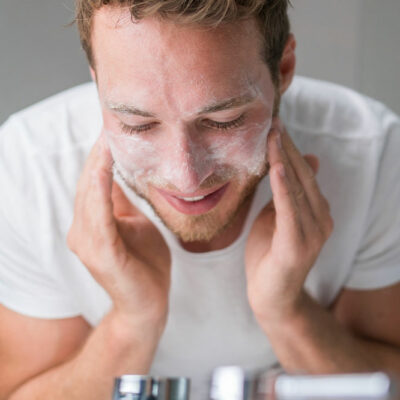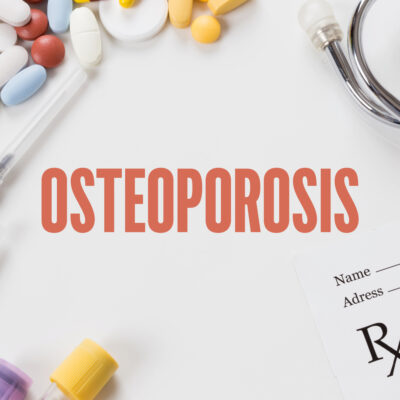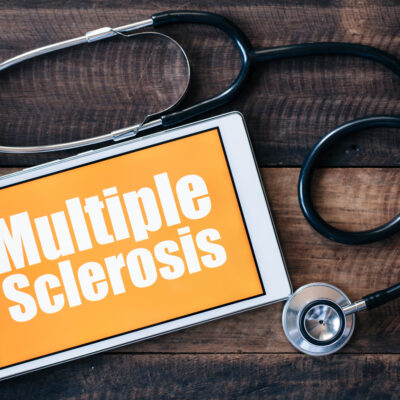
Health
How to Treat Gout Effectively at Home
Gout is an arthritis-related health disorder caused by excess uric acid in the blood. The uric acid in the blood forms crystals in the joints and tendons. This causes inflammation and sudden bouts of pain, which can sometimes be excruciating. Modern medicine offers medications like corticosteroids that reduce uric acid in the blood. Non-steroidal anti-inflammatory drugs (NSAIDs) are prescribed to fight inflammation. Sometimes, these medications can cause side effects. Thankfully, natural remedies exist. Here are a few natural substances that help with gout relief: Apple cider vinegar This liquid is an alkaline substance that balances the body’s pH balance. The root cause of gout is the pH imbalance in the body when the body becomes acidic (acidosis) due to an improper diet and other causes. Sipping a mixture of 2 tablespoons of apple cider vinegar with water or by itself in one go daily, will help reduce the pain. Baking soda Drinking half a teaspoon of baking soda in 8 ounces (235 ml) of water a day relieves gout pain almost instantly. The quantity of baking soda may be increased to 3 teaspoons a day. However, people with high blood pressure should be careful, as baking soda may cause hypertension.
Read More 















